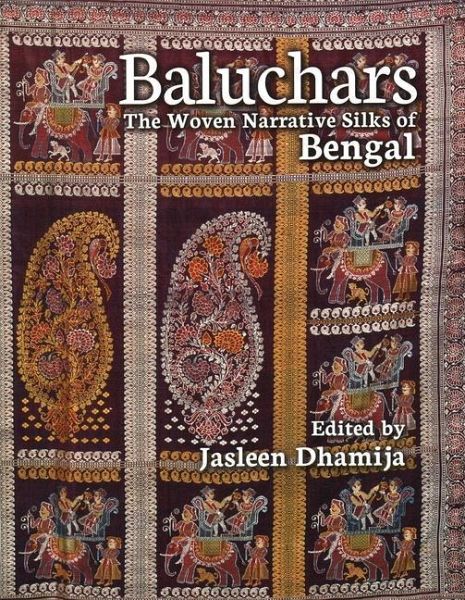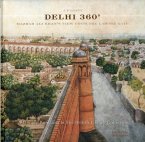-This lavishly decorated book, featuring around 200 photographs, delineates the rich and varied history of Baluchar textiles, especially the saris -The very town that this wonderful sari bears the name of - Baluchar - is now gone, but the Baluchar sari is still alive, and is continuing to come off looms. How this art form traveled from Murshidabad to Bishnupur, then to Benares as well as to museums around the world has been analyzed and documented within the pages of this book -The transition from Nawabi to Colonial rule in Bengal was beautifully captured in the superbly crafted works of Baluchar weavers: from images of hookah-smoking nawabs and courtesans playing musical instruments, to English soldiers with canons, English women sitting boldly with their menfolk on elephants, hunting scenes, steamboats and trains -Each of the essays in the book has been written by a specialist in the field of Indian textiles, focusing on the heritage, conservation and revival of Baluchars The historic Baluchar textiles of Bengal are a testament to a unique weaving tradition. Composed of the finest silk, these textiles were painstakingly woven with intricate figurative and decorative patterns. They represent more than just a textile tradition. They are a window into the socio-cultural set-up of the eighteenth and nineteenth centuries. The transition from Nawabi to Colonial rule in Bengal has been beautifully captured through these textiles. This richly illustrated book traces the historical development of Baluchar textiles, especially saris, and the position this art form has come to acquire in the twenty-first century. By dissecting the conditions, inspirations, materials, techniques and aesthetic qualities of this weaving tradition, this book showcases how this art form traveled from Murshidabad to Bishnupur, then to Benares as well as to museums around the world.
Hinweis: Dieser Artikel kann nur an eine deutsche Lieferadresse ausgeliefert werden.
Hinweis: Dieser Artikel kann nur an eine deutsche Lieferadresse ausgeliefert werden.








